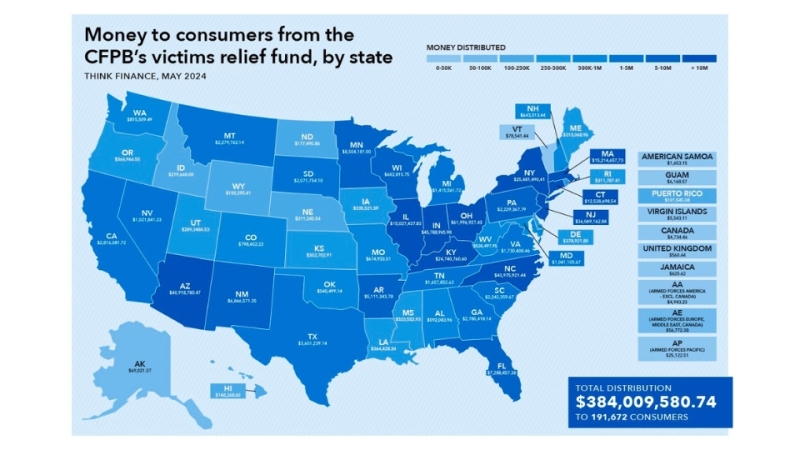
Pending Home Sales Drop 4.9% In January, Marking Year-Over-Year Decreases

NAR report shows regional disparities in transactions, highlighting sensitivity to mortgage rate changes.
In January, pending home sales in the United States experienced a notable decline of 4.9%, according to data released by the National Association of Realtors® (NAR). The monthly drop was accompanied by year-over-year decreases across all four U.S. regions, indicating ongoing challenges in the housing market.
The Pending Home Sales Index (PHSI), which serves as a forward-looking indicator based on contract signings, decreased to 74.3 in January. This figure reflects an 8.8% decline compared to January 2023 and uses 2001 as the base year, with an index of 100 representing the level of contract activity at that time.
“The job market is solid, and the country’s total wealth reached a record high due to stock market and home price gains,” NAR Chief Economist Lawrence Yun said. “This combination of economic conditions is favorable for home buying. However, consumers are showing extra sensitivity to changes in mortgage rates in the current cycle, and that’s impacting home sales.”
The regional breakdown of pending home sales reveals varying trends across the country. While the Northeast and West regions posted monthly gains in transactions, the Midwest and South experienced losses. However, all four regions reported decreases in pending home sales compared to the previous year.
Specifically, the Northeast saw a 0.8% increase in the Pending Home Sales Index (PHSI) from the previous month but a 5.5% decline year-over-year. Conversely, the Midwest recorded a 7.6% decrease in the index for January, marking an 11.6% drop compared to January 2023.
In the South, the PHSI declined by 7.3% in January, representing a 9% decrease from the prior year. The West region saw a slight increase of 0.5% in the index for January but remained down by 7% compared to January 2023.
“Southern states and those in the Rocky Mountain time zone experienced faster job growth compared to the rest of the country,” Yun said. “As a result, long-term housing demand is increasing more significantly in these regions. However, the timing and number of purchases will largely depend on the prevailing mortgage rates and inventory availability.”




